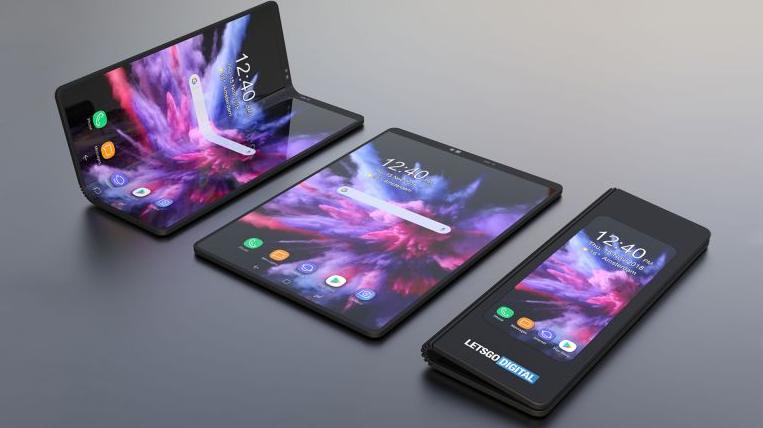Foldable phones have quickly become a fascinating chapter in the ever-evolving story of mobile technology. These devices, combining innovation with practical design, have sparked a mix of excitement, curiosity, and even skepticism among tech enthusiasts and the general public alike. Whether you're intrigued by the potential of foldable technology or weighing the practical implications, diving deeper into the specifics can provide a clearer picture.

Pioneers in the Foldable Phone Arena
Leading the charge in the foldable phone market are giants like Samsung, Motorola, and Google, each offering unique takes on this flexible technology. Samsung's Galaxy Fold and Flip series stand out for their sophisticated design and high-end features, marrying elegance with functionality. Motorola's Razr, on the other hand, taps into a vein of nostalgia with its design reminiscent of the classic flip phones, updated with today's tech. Google's Pixel Fold introduces a device that seamlessly integrates with the vast Google ecosystem, offering a user experience that's both familiar and innovative.
Price: A Hefty Investment
Foldable phones command a premium, with prices generally ranging from $1,000 to $2,000. This reflects the advanced engineering and materials required to create a device that can withstand the rigors of folding and unfolding while maintaining performance and aesthetics. It's a significant investment, and potential buyers should consider how much value the foldable functionality adds to their daily tech usage.

Durability and Longevity: How They Hold Up
One of the initial concerns about foldable phones was their durability. The early generations faced challenges around hinge mechanisms and screen durability, but manufacturers have made significant strides in addressing these issues. Today's foldable phones boast improved hinge designs for smoother folding, screens that resist scratches, and, in some cases, water resistance. Nonetheless, the unique nature of foldable screens means they may be more susceptible to wear over time compared to traditional smartphones.

Repair Costs: Something to Consider
The sophisticated design of foldable phones means that repairs, especially for screens and hinges, can be expensive. The cost of replacing a damaged foldable screen can run into several hundred dollars, a factor worth considering for those contemplating a foldable phone purchase.
Pros and Cons: Weighing Your Options
Pros include the undeniable cool factor of foldable phones, with their innovative designs turning heads and starting conversations. The larger screen area enhances multitasking capabilities and offers an immersive media experience, all while maintaining portability. On the downside, the high cost of entry, ongoing concerns about durability, and the potential for expensive repairs are considerations that prospective buyers need to weigh.
Making Your Choice: Is a Foldable Phone Right for You?
Deciding on a foldable phone involves balancing the allure of cutting-edge technology with practical considerations. For tech enthusiasts who crave the latest innovations and see value in a larger screen for work or entertainment, a foldable phone may be a worthy investment. However, for those concerned about cost, both upfront and for potential repairs, or who prioritize durability, traditional smartphones may offer a more suitable option.

In Summary
Foldable phones represent a bold step into the future of mobile technology, blending innovation with a nod to the practicalities of everyday use. While they offer exciting possibilities, prospective buyers should carefully consider their unique benefits against the backdrop of price, durability, and repair costs. Ultimately, the decision to embrace the foldable phone trend depends on individual preferences, needs, and willingness to invest in this pioneering technology.

